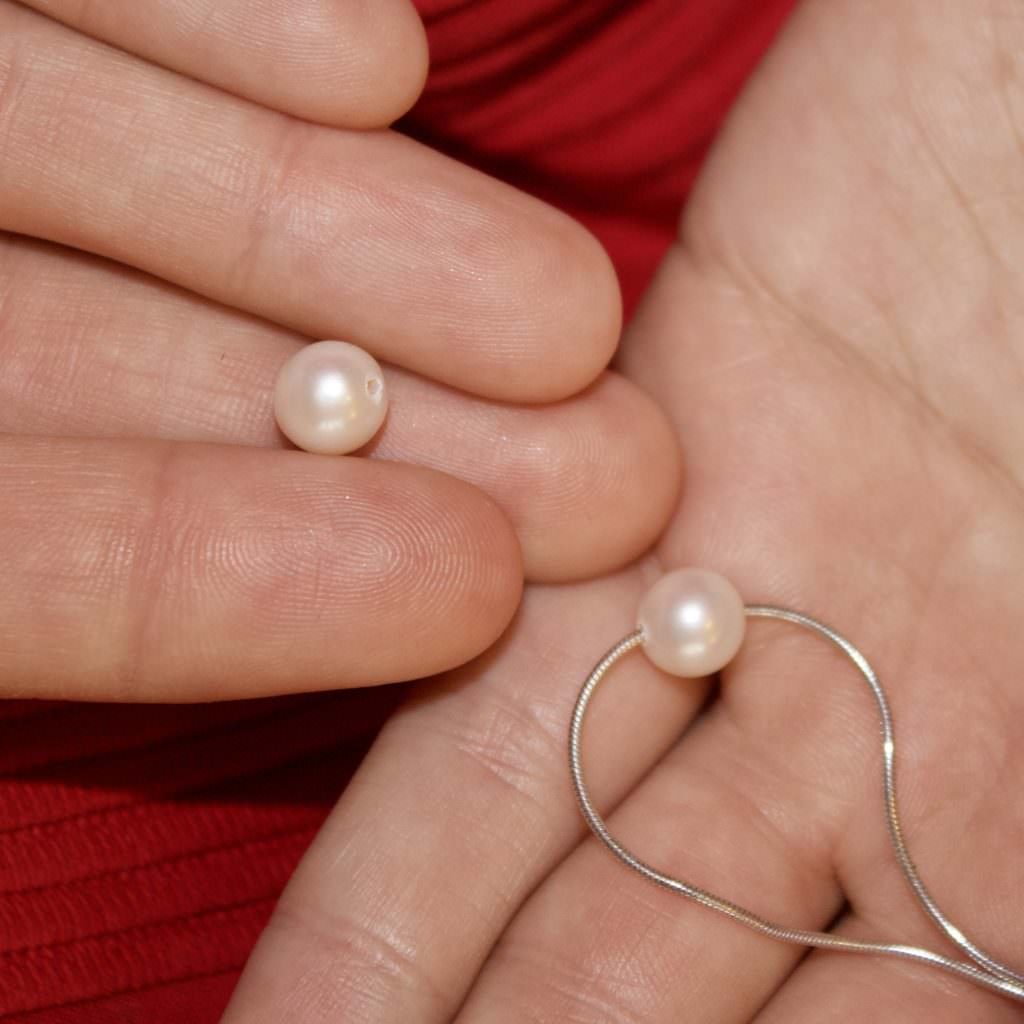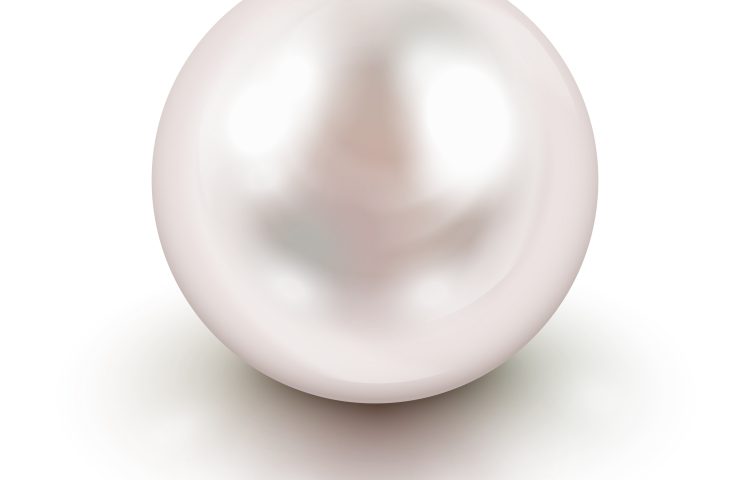Akoya pearls are renowned for their exquisite luster and beauty, but surface quality plays a crucial role in determining their overall value and desirability. In this comprehensive guide, we’ll delve into the world of Akoya pearl surface quality to help you better understand this essential aspect of pearl evaluation and selection.
What Is Akoya Pearl Surface Quality?
Pearls, known for their stunning luster and smooth appearance, are unique gemstones. Unlike many other gems, a natural pearl’s surface is not perfectly smooth. Even high-quality pearls may exhibit a slightly textured surface upon close inspection. This texture is caused by the tiny crystals that make up the nacre, the substance that forms the pearl’s layers.
- Smooth Appearance: Natural pearls may appear smooth at first glance, but they can have a subtle gritty texture due to their crystalline nacre.
- Subtle Texture: This gritty texture is not visible to the naked eye but can be felt when gently touched, like fine sandpaper.
- Counterfeit Test: One way to test for counterfeit pearls is by rubbing them against another pearl or your tooth. A genuine pearl will feel gritty, while counterfeit pearls are often unnaturally smooth.

Evaluating Akoya Pearl Surface Quality
While Akoya pearls are primarily celebrated for their remarkable luster, surface quality is another crucial aspect of their grading and valuation. The majority of Akoya pearls are known for their relatively clean and blemish-free surfaces. This is attributed to the meticulous standards of Akoya pearl cultivation and their shorter cultivation time. Serious blemishes typically require more time to develop, and since Akoya pearls spend a shorter duration in the oyster, they are less likely to develop extensive blemishes.
However, Akoya pearls can occasionally exhibit blemishes, which can include:
- Circles: Circular marks on the pearl’s surface.
- Wrinkles: Fine lines or creases on the pearl.
- Pits: Small, often shallow indentations.
- Bumps: Small, raised imperfections.
- Spots: Tiny marks or spots.
Differentiating Blemishes

Blemishes can vary significantly in their impact on a pearl’s surface quality. They can be categorized as either ‘damaging’ or ‘non-damaging’:
- Damaging Blemishes: These blemishes, such as cracks or chips around drill holes, tend to worsen over time. They often result from the pearl processing and can compromise the pearl’s integrity.
- Non-Damaging Blemishes: In contrast, blemishes like bumps, spots, and wrinkles do not deteriorate over time and are considered non-damaging. They are the result of natural processes during pearl formation and, if present, do not necessarily detract from a pearl’s beauty.
Surface Quality’s Impact on Value
The surface quality of Akoya pearls directly influences their value and desirability. Pearls with many blemishes, particularly damaging ones, are generally worth less than those with few to no visible imperfections. The presence of blemishes can impact the durability of a pearl. For instance, cracks or chips in a pearl can lead to peeling or breakage, significantly reducing its worth.
Non-damaging blemishes, such as bumps or spots, have a lesser impact on a pearl’s value because they do not compromise its durability. Nonetheless, pearls with noticeable imperfections may have reduced value when used in jewelry, as their surface quality is a key factor in determining the overall aesthetic appeal.

Shopping for Akoya Pearl Jewelry
When shopping for Akoya pearl jewelry, it’s essential to consider surface quality. While some blemishes are normal due to the natural origin of pearls, heavily or moderately spotted pearls may not meet your expectations for fine jewelry. It’s important to choose pearls that align with your preferences for a smooth and aesthetically pleasing surface. By understanding Akoya pearl surface quality, you can make more informed choices and select pearls that meet your standards of beauty and value.
FAQs
No, while Akoya pearls are renowned for their beauty and luster, their surface is not always perfectly smooth. Even high-quality Akoya pearls may exhibit a subtle gritty texture upon close inspection. This texture results from the tiny crystals in the pearl’s nacre, which can create a slightly textured surface.
Yes, blemishes, particularly damaging ones like cracks or chips, can significantly impact the value of Akoya pearls. Blemishes can affect the durability of the pearls, and pearls with many visible imperfections are generally worth less than those with minimal or no blemishes.
Yes, some blemishes, known as ‘damaging blemishes,’ tend to worsen over time. These can include cracks or chips that are often the result of pearl processing. Non-damaging blemishes, such as bumps or wrinkles, do not deteriorate over time and are considered part of the natural pearl formation process.
To ensure you’re purchasing Akoya pearls with excellent surface quality, it’s advisable to buy from reputable and trusted sources. Reputable jewelers and pearl dealers will provide detailed information about the pearls they offer, including their surface quality. Additionally, closely inspect the pearls for any visible blemishes, and feel their surface to detect any gritty texture, which is characteristic of genuine Akoya pearls.

